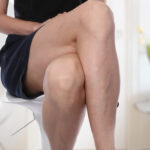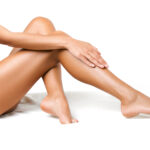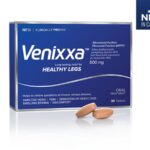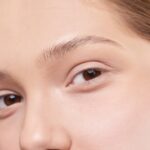Nonsurgical Does Not Mean Non-Medical
The increasing popularity of nonsurgical cosmetic procedures has led to a growing complacency about where procedures are being performed and by whom, according to the American Society for Aesthetic Plastic Surgery (ASAPS). It is the ASAPS position [and OPS’s/OV&SCC’s] that ancillary procedures, such as skin resurfacing or Botox injections, while not surgical, are medical procedures and should only be done in appropriate facilities associated with a qualified physician who has been trained in the particular procedure.
- Medical History: Before any medical procedure is undertaken, a medical history should be provided in order to determine appropriateness. This is especially important to avoid allergic reactions and to identify underlying medical conditions that might pose risks.
- Alternative Treatments: One purpose of pre-treatment consultation is the thorough evaluation of each patient and the exploration of alternatives, including no treatment.
- Informed Consent: A discussion of the benefits and risks of any medical procedure is required for full informed consent. Nonsurgical procedures do not always result in less “downtime.” A plastic surgeon can explain the pros and cons of various treatments.
- Appropriate Setting: Medical procedures require sanitary surroundings and sterile instruments, as well as authentic equipment and medications. Parties and group events may compromise results.
- Emergency Plans: Nonsurgical procedures may occasionally result in unforeseen consequences. Plans should be in place to handle these.
- Follow-up Care: Follow-up care is an important part of the doctor-patient relationship and is necessary to assure optimum procedure results.
It is ASAPS’ position that all medical procedures – surgical and nonsurgical – should be done under the care of properly credentialed and trained medical professionals.
The following is a representative list of ancillary (nonsurgical) medical procedures:
Chemical skin peels, including:
- Alpha Hydroxy Acid (AHA)
- Trichloroacetic Acid (TCA)
- Phenol
Injectable treatments, including:
- Botox
- Collagen
- Fat
- Sclerotherapy (treatment of leg veins)
Laser hair removal
Laser treatment of leg veins
Skin resurfacing, including:
- Ablative Lasers (Carbon Dioxide, Erbium)
- Nonablative Lasers (N-Lite, Cool Touch and others)
- Intense Pulsed Light
- Dermabrasion
- Microdermabrasion
Article courtesy of the 2300-member American Society for Aesthetic Plastic Surgery (ASAPS) – the only plastic surgery organization devoted entirely to the advancement of cosmetic surgery. ASAPS is recognized throughout the world as the authoritative source for cosmetic surgery education. U.S. members are certified by the American Board of Plastic Surgery. Canadian members are certified in plastic surgery by the Royal College of Physicians and Surgeons of Canada. Toll-free referral line: 888.ASAPS.11 (272.7711). Web site: www.surgery.org























